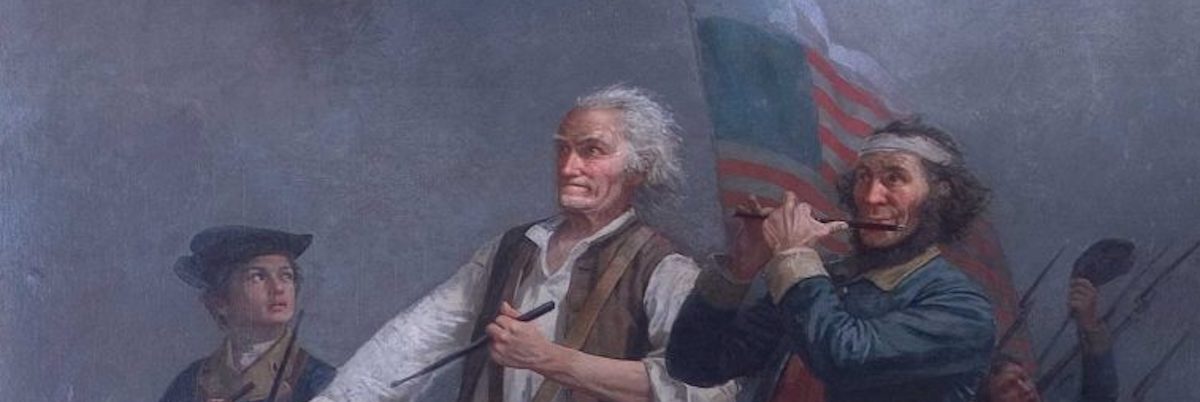George Astor

Mark on fife: Astor/London
Place of business: London , England
Dates of business: C1778-1830*
*Per Langwill: Workshop established by two brothers George Peter and John Jacob.

C 1778-83 as “George & John Astor” as flute makers; 1783 John Jacob left for Baltimore/MD, where active first as dealer in WWI’s then in New York as merchant in “Furs & Pianos”, later in real estate, amassing a legendary fortune; from 1784 as “George Astor”, by c1798 as “George Astor & Co.” or “Astor & Co.”, also active as MI dealer, music seller, publisher, later pianoforte maker, by 1801 organ builder, c1807-c1811 also as Astor & Lucas; 1813 his widow successor, c1814-1819 in partnership with Horwood as Astor & Horwood;1824-1827 also in partnership with Gerock as “Gerock & Astor”; 1830 last directory listing. Byrne suggests that on arrival in Engalnd they may have worked first with G. Miller.

This is a good example of a late 18th century fife.
Features:
Length of Instrument -the fife is 17 1/2 inches.
Wood -the instrument is made of boxwood.
Key of instrument -A
Finger Holes -Different sizes, as a woodwind maker of the period would do.
The spacing on the holes is as follows:
1-2=.837
2-3=.863
3-4=.1.045
4-5=.891
5-6=.871
This shows that the hole pattern is not even.
Swell -the swell on this instrument comes before the embouchure hole.
Ferrules – Brass/seamed/2+2
Astor 2
